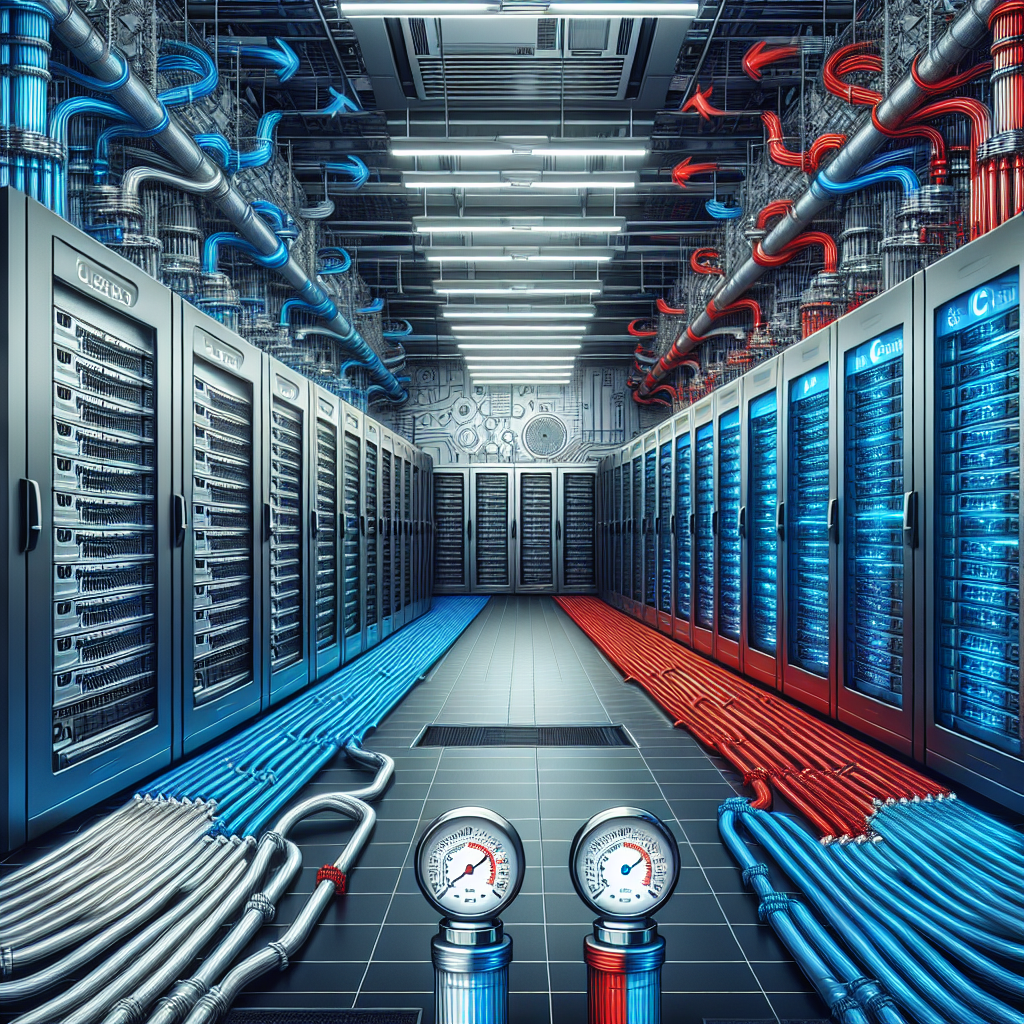Data centers are critical for storing and processing large amounts of data for businesses and organizations. However, they also generate a substantial amount of heat due to the high-power computer equipment they house. This makes effective heating and cooling solutions essential to maintain optimal operating conditions and prevent equipment malfunctions.
Traditional heating and cooling systems used in data centers can be costly and energy-intensive. To address these challenges, innovative solutions are being developed to improve efficiency and reduce environmental impact. Here are some of the latest advancements in heating and cooling technology for data centers:
1. Liquid Cooling Systems: Liquid cooling systems have been gaining popularity in data centers as a more efficient alternative to traditional air-cooling methods. These systems use liquid coolant to absorb heat from the equipment and dissipate it away, resulting in more efficient cooling and lower energy consumption.
2. Direct Fresh Air Cooling: Direct fresh air cooling systems leverage the natural cooling properties of outdoor air to cool the data center. By bringing in external air and using it to cool the equipment directly, these systems can significantly reduce the need for mechanical cooling, leading to lower operating costs and energy savings.
3. Hot Aisle/Cold Aisle Containment: Hot aisle/cold aisle containment is a design strategy that separates hot and cold air streams within the data center to minimize heat mixing and improve cooling efficiency. By containing the hot air exhaust from servers and directing cold air towards them, this method helps maintain consistent temperatures and reduce energy consumption.
4. Thermal Energy Storage: Thermal energy storage systems store excess heat generated by the data center during off-peak hours and use it to supplement cooling during peak hours. By shifting the cooling load to times when energy costs are lower, these systems can help reduce operating expenses and improve overall energy efficiency.
5. Renewable Energy Integration: Integrating renewable energy sources such as solar or wind power into data center heating and cooling systems can further reduce environmental impact and operating costs. By generating clean energy on-site, data centers can offset their reliance on traditional grid power and move towards a more sustainable operation.
In conclusion, innovative solutions for heating and cooling in data centers are essential to improve efficiency, reduce costs, and minimize environmental impact. By adopting advanced technologies such as liquid cooling systems, direct fresh air cooling, hot aisle/cold aisle containment, thermal energy storage, and renewable energy integration, data centers can enhance their performance and sustainability. As the demand for data processing continues to grow, investing in these cutting-edge solutions will be crucial for ensuring the long-term success and efficiency of data center operations.


Leave a Reply